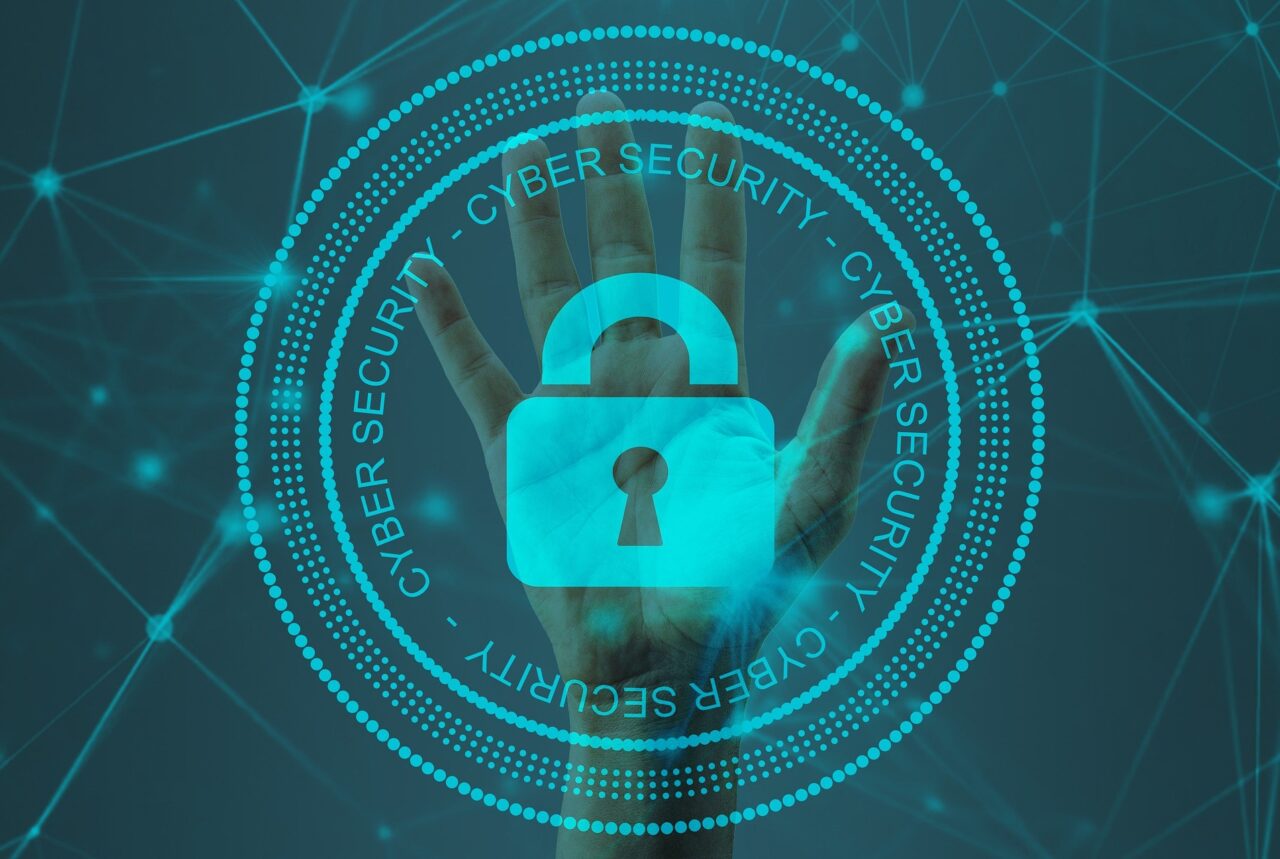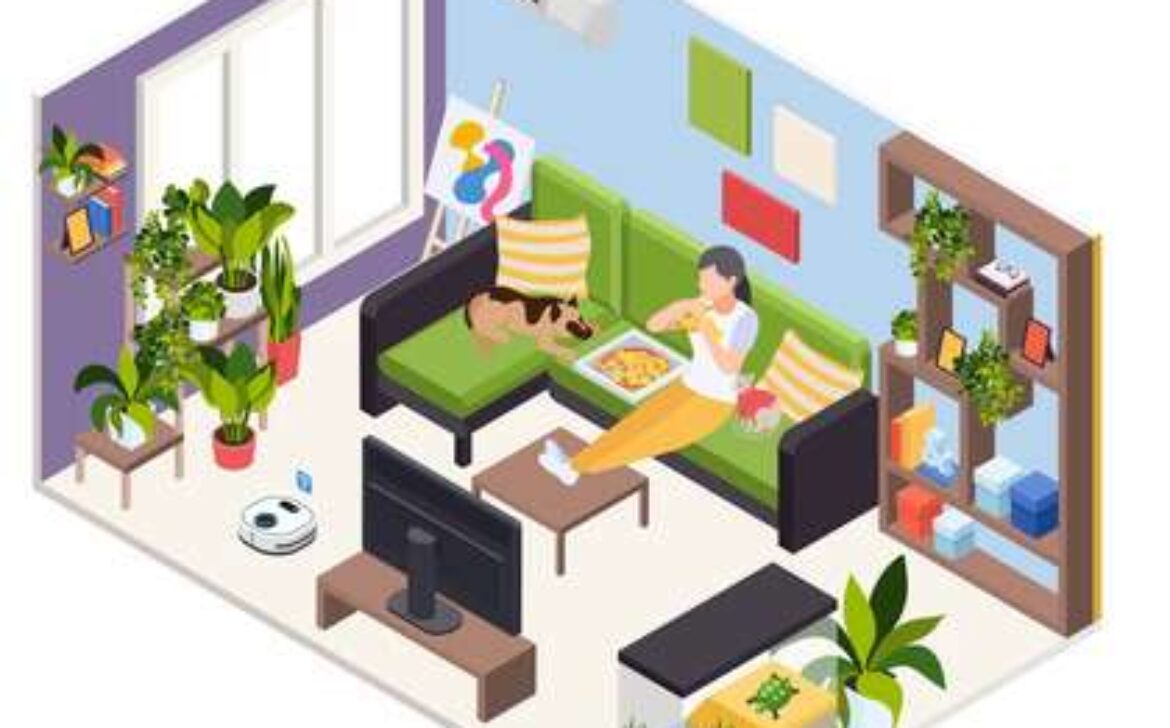Cryptocurrency and the Future of Finance: Exploring Digital Currencies
Cryptocurrency and the Future of Finance: Exploring Digital Currencies Cryptocurrency, a digital or virtual form of currency, has been gaining significant attention in recent years. It is based on blockchain technology, which ensures secure and transparent transactions. Cryptocurrencies like Bitcoin, Ethereum, and many others have disrupted traditional financial systems and sparked a global conversation about the future of finance. In this discussion, we will explore the potential impact of digital currencies on various aspects of finance and the broader economy. One of the key features of cryptocurrencies is their decentralized nature. Unlike traditional currencies that are controlled by central banks, cryptocurrencies operate on decentralized networks, such as blockchain. This decentralization eliminates the need for intermediaries like banks, reducing transaction costs and increasing efficiency. Additionally, the transparency provided by blockchain technology enhances trust and reduces the risk of fraud and manipulation. Cryptocurrencies have the potential to address the issue of financial exclusion by providing access to financial services for the unbanked and underbanked populations worldwide. With a smartphone and an internet connection, anyone can participate in the cryptocurrency ecosystem. This opens up opportunities for individuals in developing countries who may lack access to traditional banking services. Traditional financial systems often face limitations when it comes to cross-border transactions. Cryptocurrencies offer a solution by enabling borderless transactions with minimal fees and faster settlement times. This has significant implications for global trade, remittances, and international payments. Cryptocurrencies can potentially streamline and simplify the process of transferring value across borders, benefiting businesses and individuals alike. Cryptocurrencies have emerged as a new asset class, attracting investors looking for alternative investment opportunities. The volatility of cryptocurrencies has provided both high-risk, high-reward scenarios and speculative market behavior. Additionally, blockchain technology has fueled the emergence of Initial Coin Offerings (ICOs) and tokenization, allowing startups to raise funds through the issuance of digital tokens. These investment avenues present unique opportunities and challenges for both investors and regulators. Several central banks worldwide are exploring the concept of Central Bank Digital Currencies (CBDCs). CBDCs would be government-issued digital currencies, representing a digitized form of fiat money. While the specifics vary across countries, the potential benefits include increased efficiency, enhanced financial stability, and better control over monetary policy. CBDCs aim to combine the advantages of cryptocurrencies (such as speed and security) with the stability and regulatory oversight of traditional currencies. The rise of cryptocurrencies has brought forth numerous regulatory challenges. Governments and regulatory bodies are grappling with issues such as investor protection, anti-money laundering (AML) measures, taxation, and the prevention of illicit activities. Striking the right balance between fostering innovation and ensuring consumer and investor protection remains a significant task for regulators worldwide. Cryptocurrencies and digital currencies have the potential to reshape the future of finance in profound ways. Their decentralized nature, potential for financial inclusion, borderless transactions, and investment opportunities make them an intriguing and disruptive force in the financial world. However, challenges related to regulation, security, and scalability must be addressed for their widespread adoption. As the technology continues to evolve, it is crucial for stakeholders to work collaboratively to harness the benefits while mitigating the risks associated with this rapidly changing landscape.Introduction:
Decentralization and Trust:
Financial Inclusion:
Borderless Transactions:
Investment Opportunities:
Central Bank Digital Currencies (CBDCs):
Regulatory Challenges:
Conclusion:


























